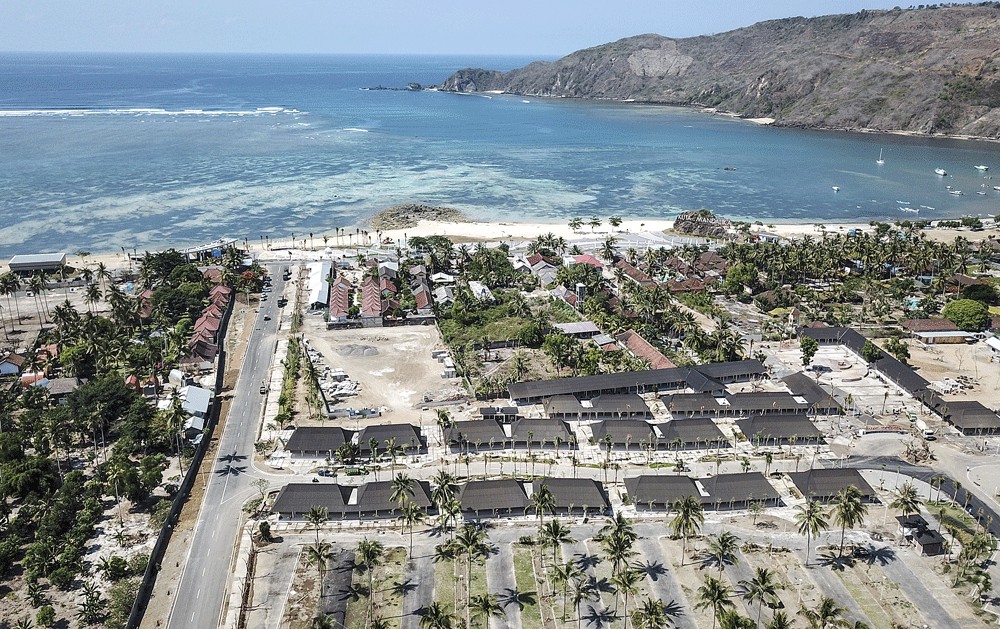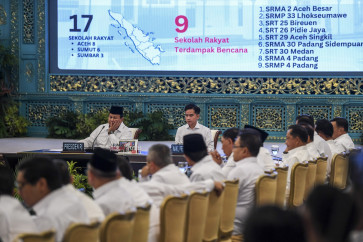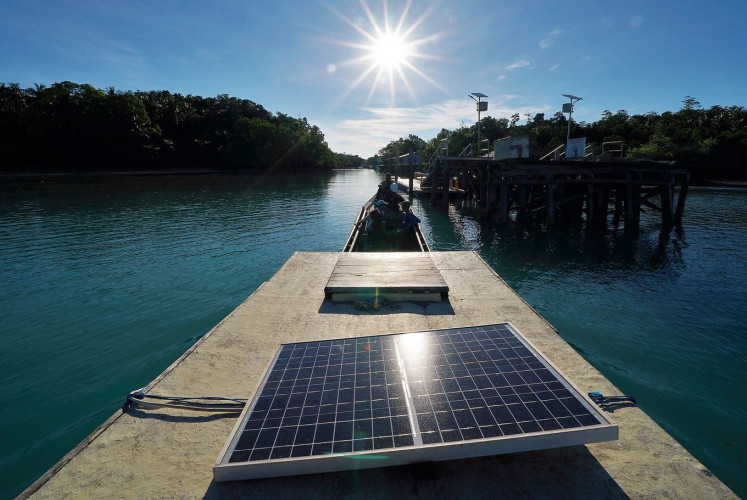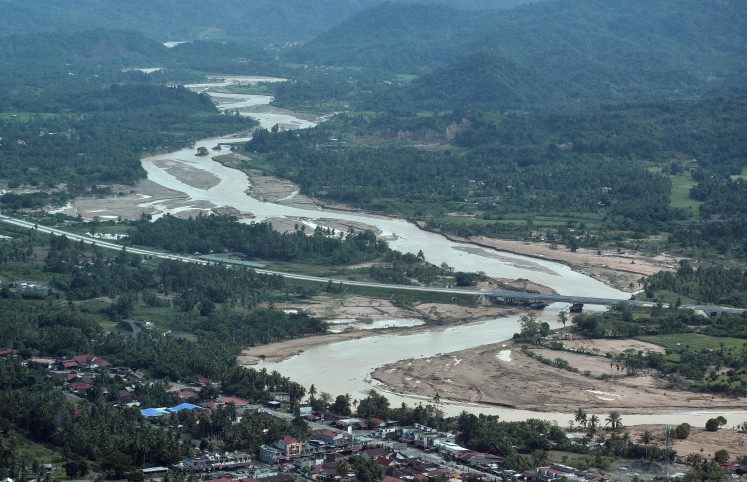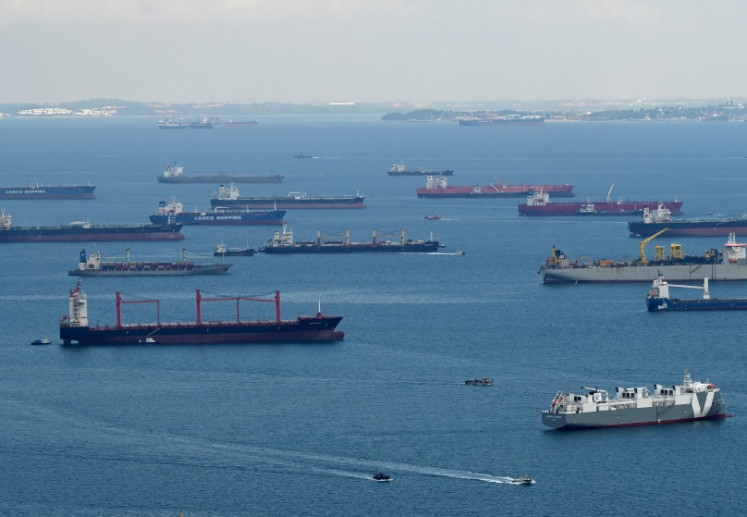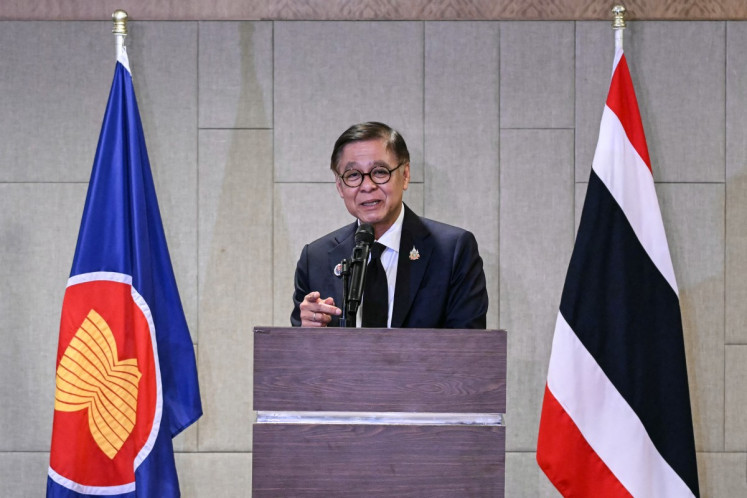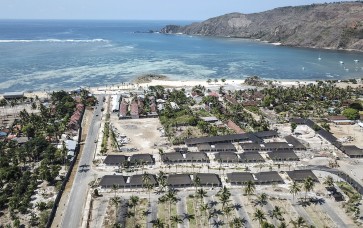Popular Reads
Top Results
Can't find what you're looking for?
View all search resultsPopular Reads
Top Results
Can't find what you're looking for?
View all search resultsTourism SEZs’ prospects in driving investment and destination development
Bali, Batam, Bintan, Mandalika and Likupang are prime examples of areas projected to continue their growth as hubs for regional and international tourism.
Change text size
Gift Premium Articles
to Anyone
I
n the post-pandemic era, Indonesia’s tourist sector has shown a strong recovery. According to Statistics Indonesia (BPS), the number of international tourist arrivals in the first half of 2025 grew by 10 percent year-on-year (yoy), while domestic tourists increased by 19.3 percent. These figures highlight solid recovery momentum and the opportunity to expand destination capacity.
In fact, the majority of tourists visiting Indonesia come from ASEAN countries or neighboring nations, yet the vast potential of this cross-border market has not been fully tapped. This is reflected in the fact that 45 percent of tourist arrivals in ASEAN, or around 129 million visits, come from within ASEAN itself. This situation must be leveraged, particularly as the government continues to develop tourism special economic zones (SEZs).
Tourism SEZs have become one of the government’s strategic instruments to accelerate investment and encourage the development of high-value tourism destinations. With fiscal facilities, simplified licensing and more centralized governance, the zones provide a more favorable investment climate compared with conventional mechanisms. Projects such as hotels, villas, marinas and supporting infrastructure are expected to grow at a faster pace, creating competitive tourism clusters both nationally and regionally. Moreover, SEZs serve as a catalyst for local economic development through the involvement of micro, small and medium enterprises (MSMEs) and surrounding communities.
Indonesia’s SEZ legal framework continues to be strengthened to make investment more attractive. Current regulations provide incentives such as exemptions or deferrals of VAT and luxury goods tax, import facilities and streamlined licensing. These policies directly lower initial investment costs and accelerate project realization. The central government, through implementing regulations, also facilitates the designation of zones, land mapping and harmonization of cross-ministerial policies.
Several new tourism-oriented SEZs were established in recent years, demonstrating the state’s commitment to expanding the country’s tourism investment base. In terms of employment, SEZ regulations also encourage the absorption of local workers by mandating domestic workforce utilization and vocational training programs. This is crucial to ensure that economic benefits extend beyond the level of investment and flow directly to local communities.
For investors, tourism SEZs offer relatively lower development risks thanks to regulatory certainty and government support in basic infrastructure. They also provide clearer cash flow projections, particularly in sectors such as accommodation, restaurants, marine tourism and event-based entertainment. Investments not only generate jobs during the construction phase but also create long-term employment opportunities in the tourism services sector.
Read also: The effectiveness of special economic zones in driving economic growth

